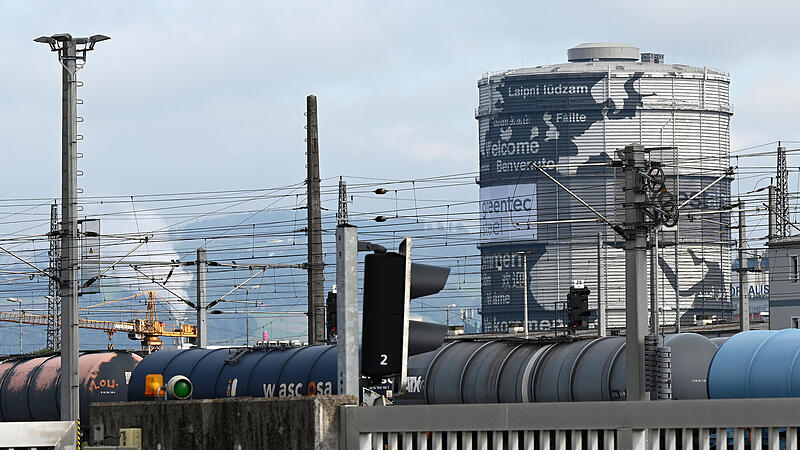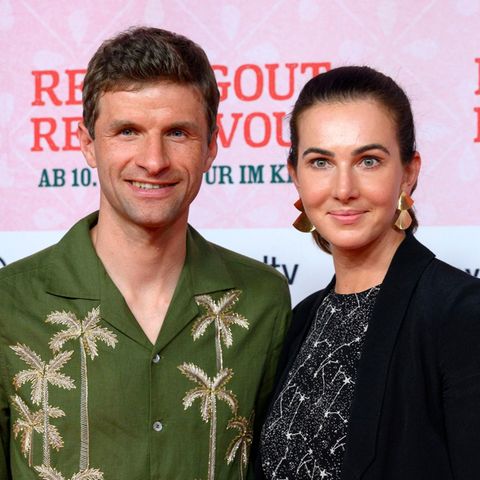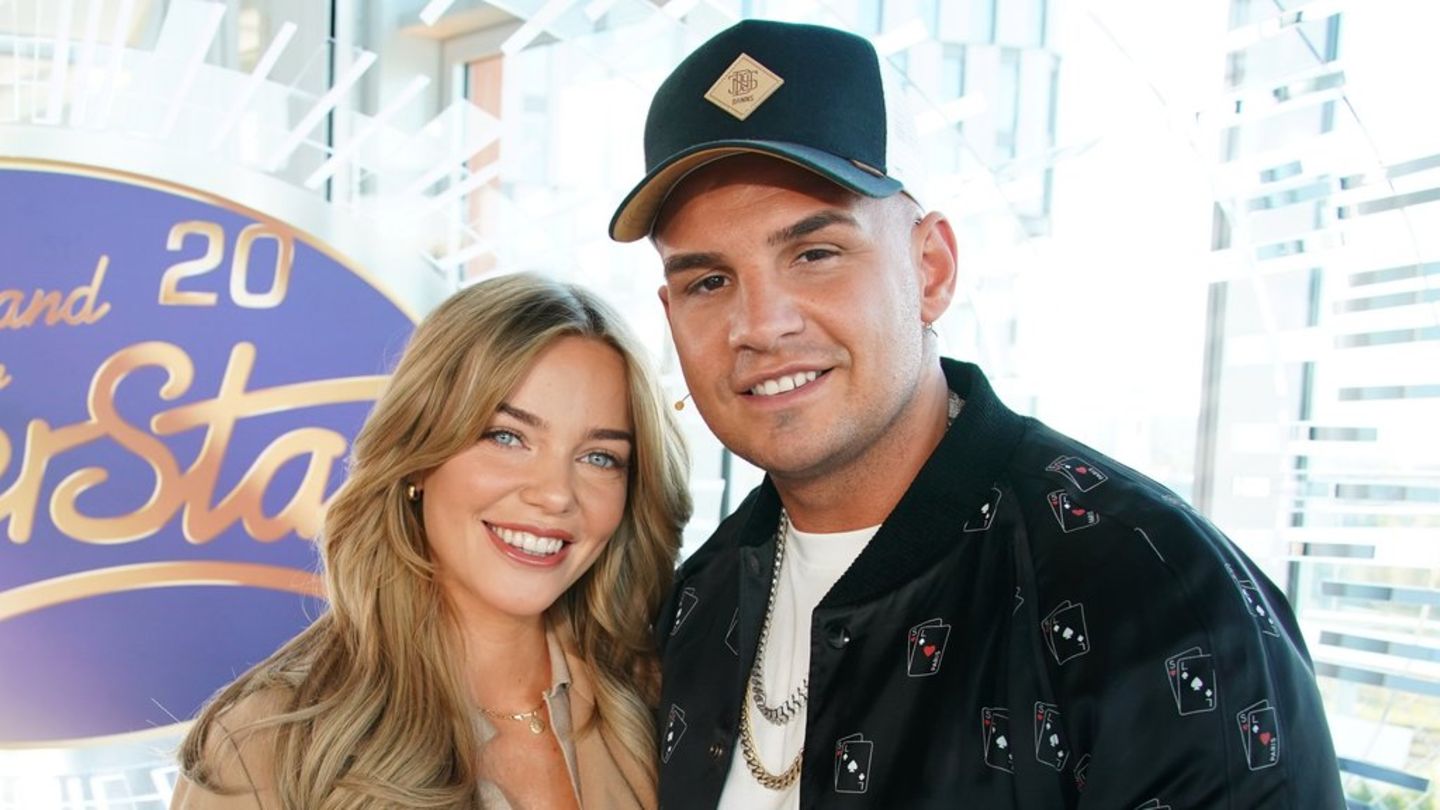Image: Wolfgang Spitzbart
The comparative value of the previous year of 1.3 billion euros included a positive valuation result from the sale of the HBI plant in Texas in the amount of 257 million euros. According to the information, earnings per share (EPS) fell by 17.4 percent from 7.38 to 6.01 euros. However, according to management’s proposal to the Annual General Meeting on July 5, the dividend should be increased from EUR 1.2 to EUR 1.5 per share certificate.
The outlook for the entire current financial year (as of the end of March 2024) is cautious: Earnings before interest, taxes, depreciation and amortization are expected to fall massively from 2.5 billion to 1.7 to 1.9 billion euros – “under the premise of no massive economic distortion, triggered by the interest rate policy of the central banks and the assumption of no further escalation scenarios from the Ukraine war or additional geopolitical tensions,” says the management.
Operationally, Voest was still energetic in 2022/23: Earnings (EBITDA) before interest, taxes, depreciation and amortization rose from EUR 2.3 billion in the previous year to EUR 2.5 billion (plus 11.1 percent). However, the EBITDA margin fell from 15.4 to 14 percent. Earnings before interest and taxes (EBIT) increased from 1.5 to 1.6 billion euros, the margin fell from 9.7 to 8.9 percent.
The new stainless steel plant at the Styrian voestalpine site in Kapfenberg will be significantly more expensive than originally thought. There is a possible cost overrun of “up to 30 percent compared to the original investment plan of 350 million euros”. In order to be able to ensure that production ramped up as quickly as possible after the delays already reported, the in-house work of voestalpine Böhler Edelstahl would have had to be massively increased.
Four years after the groundbreaking, the construction phase was successfully completed in the past fiscal year 2022/23 and the test operation in the form of hot commissioning could be started towards the end. The full commissioning of the “largest investment project of the group in recent years” will take place step by step in the current 2023/24 financial year. When fully operational, the plant will produce around 205,000 tons of special steels annually for the international aviation, oil and gas, automotive and toolmaking industries.
According to the information, the group invested a total of 922 million euros in the past financial year, 30 percent more than in the previous year (708 million euros). The focus was on the “technical optimization of the existing systems and replacement investments”.
With the approval of the investment of 1.5 billion euros for greentec steel by the supervisory board in March this year, “an important milestone for the future of the group” was set. It is planned that the decision on systems and suppliers will be made in 2023, construction will start in 2024 and the two units will be commissioned in 2027. In the group, “up to 30 percent” of CO2 emissions could be saved from 2027 – “that’s almost 5 percent of Austria’s CO2 emissions”. An important prerequisite for this next major stage is the clarification of outstanding funding issues.
From 2030, voestalpine plans to replace one blast furnace each in Linz and Donawitz (Styria). In order to achieve the goal of CO2 neutrality by 2050, the group is already researching several new processes and investing in “pilot projects that will enable new ways of producing steel”.
Parallel to the major investments, Voest massively reduced its debt from 2.3 to 1.7 billion euros. Gearing (net debt in relation to equity) improved from 32.4 to 21.4 percent. At EUR 7.8 billion, the Group’s equity reached a new high. voestalpine employs 51,200 people worldwide (2021/22: 50,225).
more from economy




